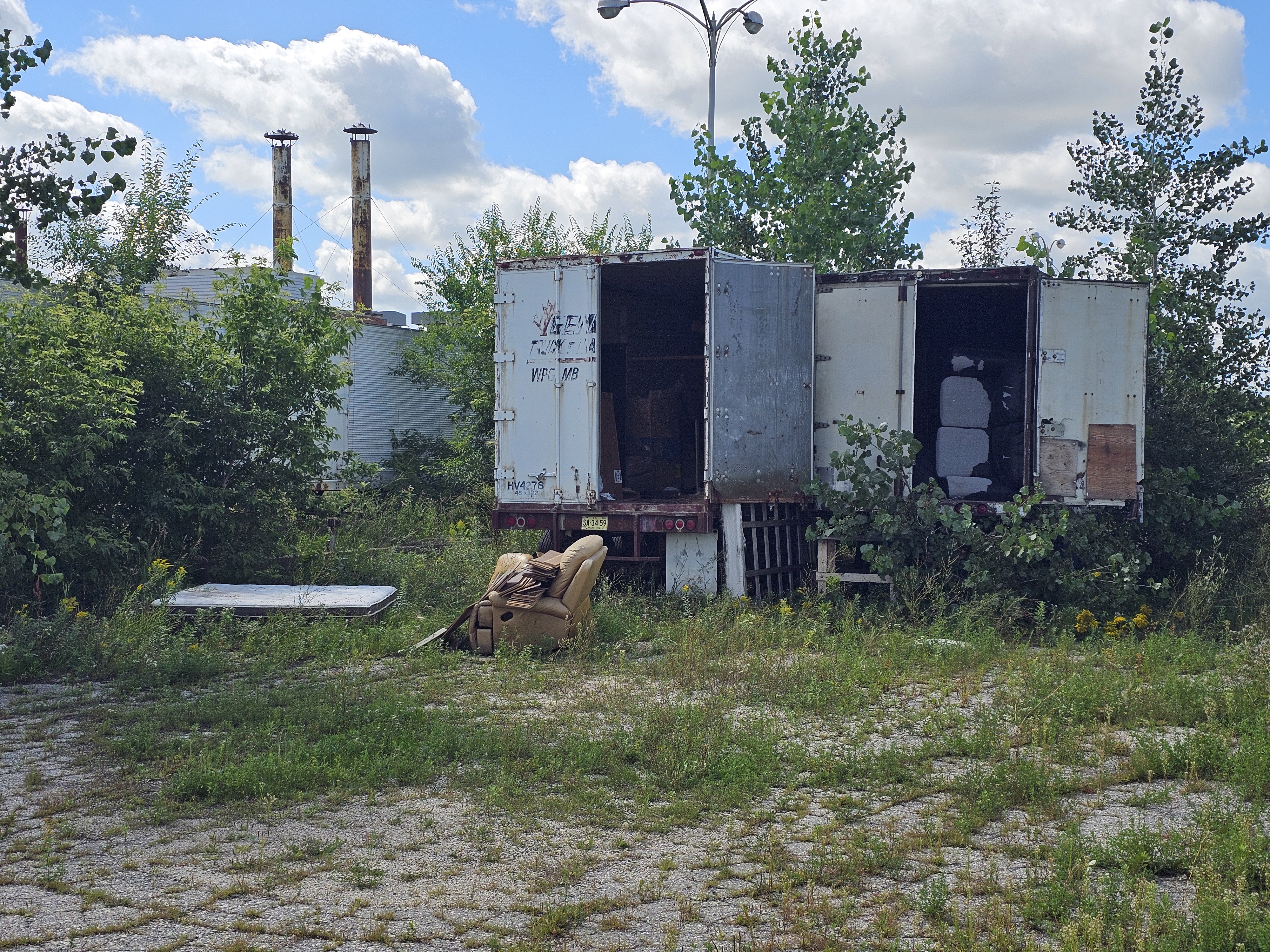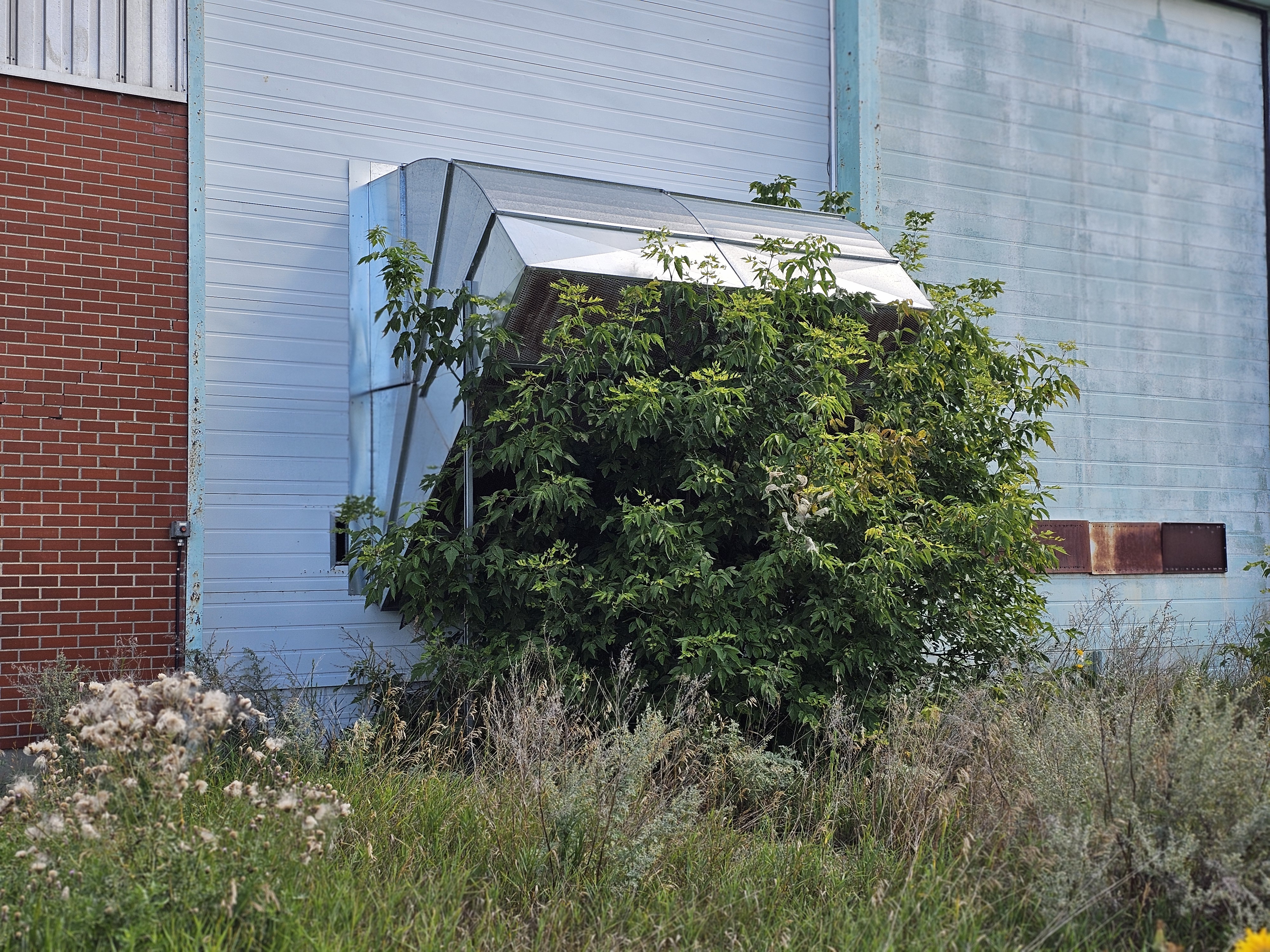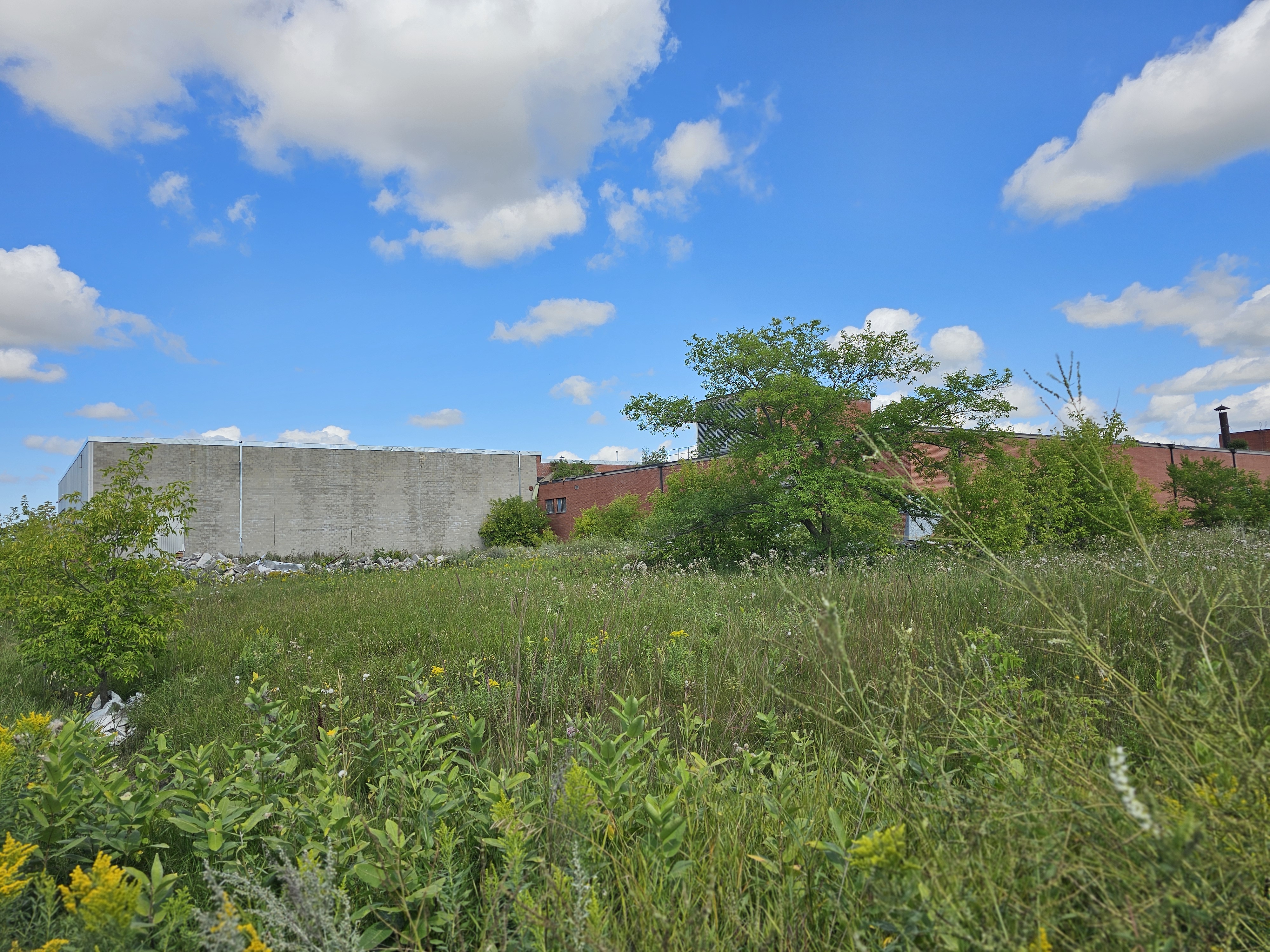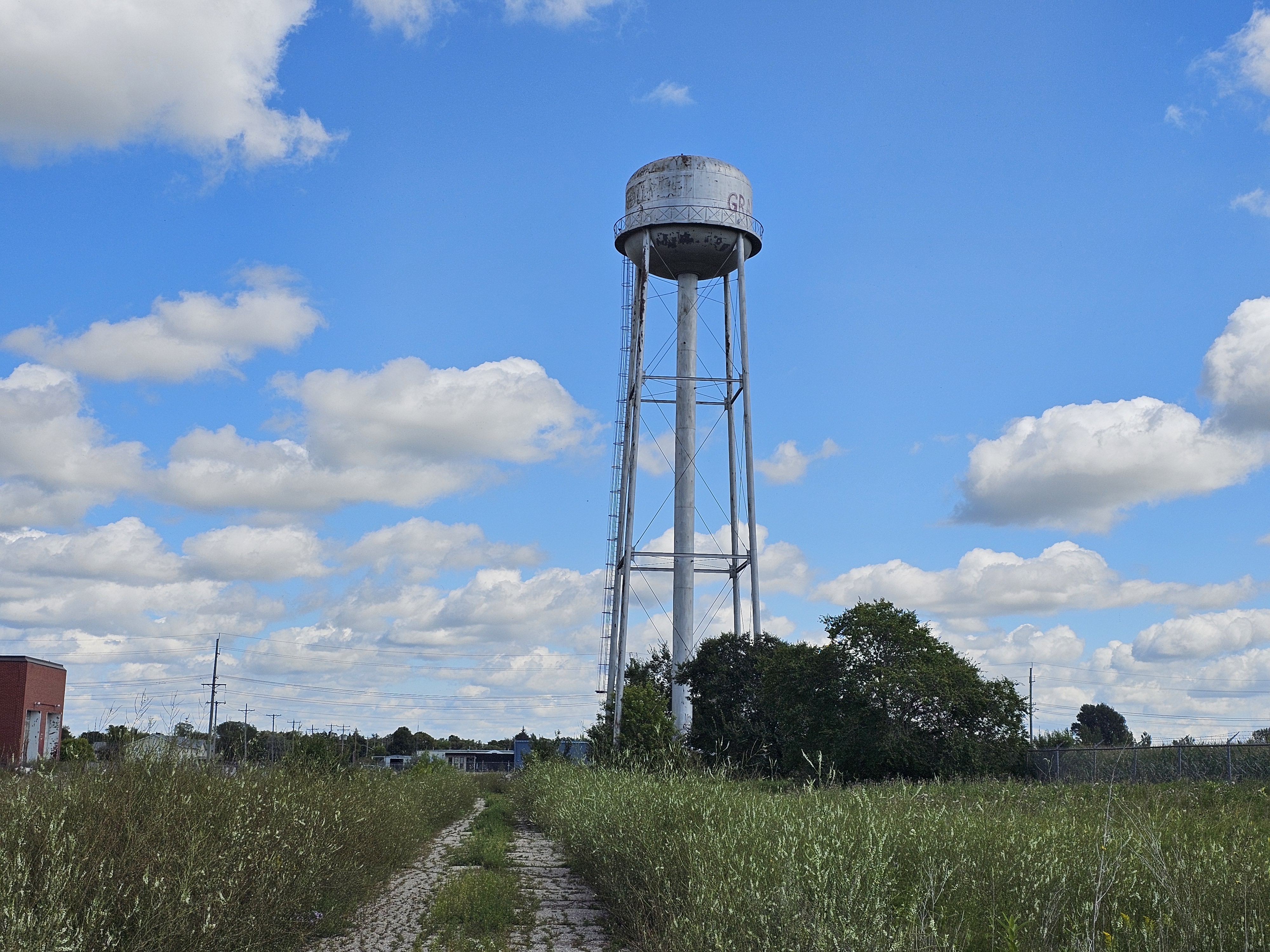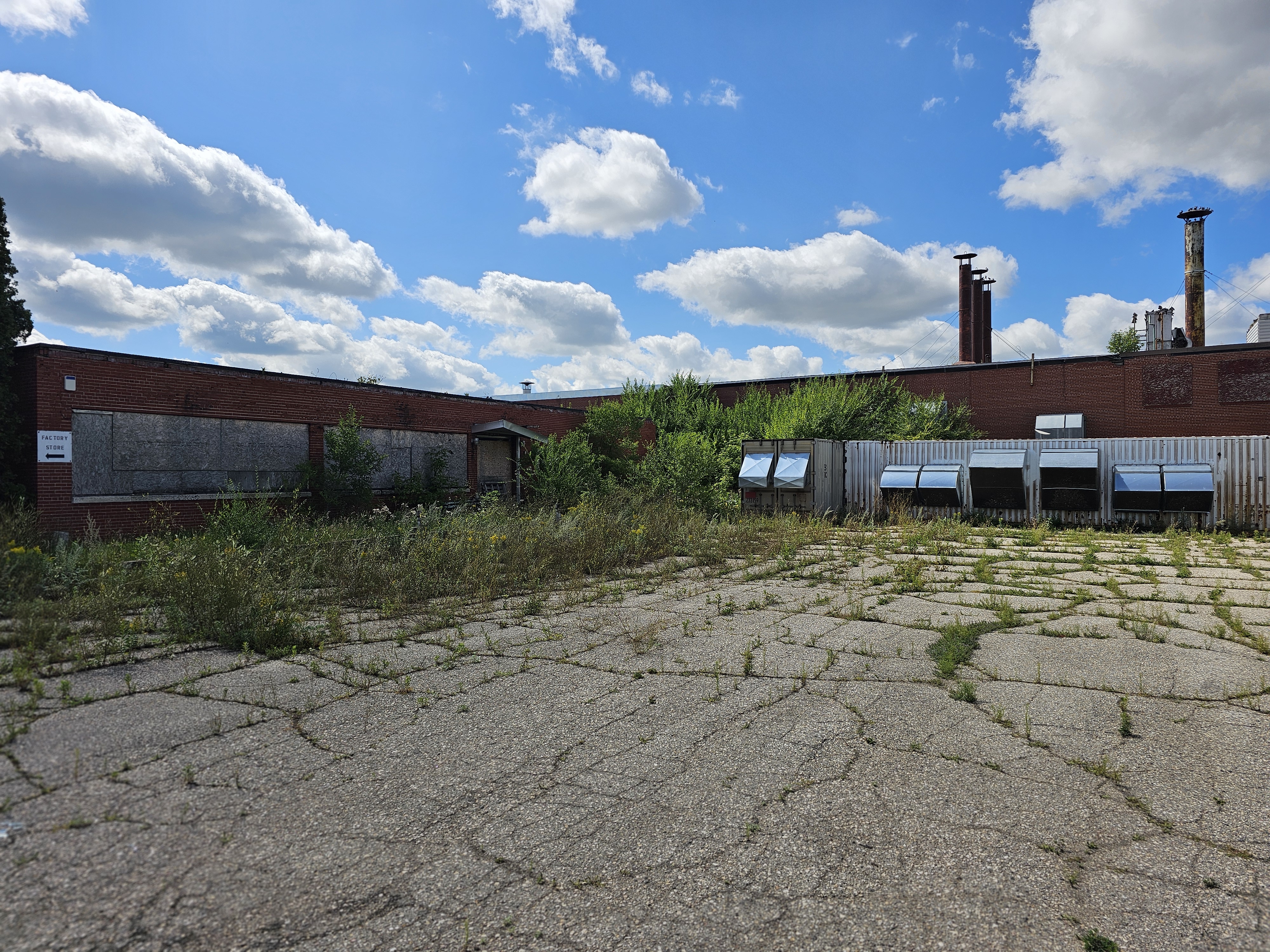A landmark of Portage la Prairie’s industrial past is once again at a crossroads.
The former Campbell’s Soup factory, vacant for decades, is back on the market, prompting a community lookback at its significant history and a pragmatic discussion about its future. Local historian and heritage enthusiast James Kostuchuk reflects on the plant’s golden era and what should come next for the prominent property.
The factory was announced by the Premier in 1957. Kostuchuk notes it was an ambitious project for its time.
“It cost something like $5,000,000 back then to build it, which is a lot of money, and it was 125,000 square feet,” he says. “It was viewed as a very positive thing,” especially for the agricultural region, as the plant would process local vegetables into soup.
At its peak, the factory was a major community hub and employer.
“I think it was Campbell's Soup that made 21 varieties of soup. I think 17 of those were made in Portage,” Kostuchuk points out.
The plant employed approximately 170 people directly and was deeply entwined in the city's social fabric, sponsoring sports teams and fundraising for local charities. This camaraderie defined the era.
“They would have competitions where the Campbell soup staff would have maybe a tug of war with the McCain staff,” Kostuchuk recalls. “There was a lot of pride in being affiliated with your company.”
The end of an era and lasting impact
The plant’s closure in 1990 was a significant blow, attributed to distant corporate decisions.
“It's often factors far away from here that influence economic decisions,” Kostuchuk says. “They're just looking at the bottom line, and I think it just became more feasible to consolidate everything.” While the loss was traumatic, Kostuchuk points to Portage’s resilient history.
“It seems that whenever something disappears, we're fortunate enough that something kind of fills that void.”
Today, the building stands as a shell of its former self, primarily used for storage. From an architectural standpoint, Kostuchuk believes it was designed for efficiency rather than grandeur. This practical nature influences his view on its future viability.
He notes that, “My assumption is really if the Campbell Soup building is on the market, it would probably be that you would be buying the property. I don't know if the building would be usable for anything.”
A vision for commemoration over preservation
When considering the building's future from a heritage perspective, Kostuchuk is again pragmatic. He applies standard criteria for preservation: architectural significance, connection to important persons, or status as a landmark.
“If you ask me about City Hall, I would say yes, that is the kind of building that you want to preserve. But if we go back to the Campbell soup plant, it probably doesn't tick any of those boxes,” he says. “Letting the building go would probably be appropriate.”
Instead of preserving the physical structure, Kostuchuk advocates for preserving its memory and stories, many of which are archived in a local digital photo database. He also has a unique, albeit unofficial, proposal to honour the site's legacy in a different way. His idea is to repurpose a well-known local landmark.
“We have a Coca-Cola can that is the symbol of Portage right now, but it's fallen into a bit of disrepair,” Kostuchuk says. “My idea was to have the Coke can repainted as a Campbell Soup can, since we were a major producer of soup for Campbell Soup during the time that Andy Warhol was producing art in New York City.”
He hopes this artistic tribute would draw positive attention. “My pitch to the people who are listening would be to see if we could get traction to create the world's largest Andy Warhol Campbell soup can in Portage Prairie. I think people would come off the highway to see it.”
He admits the idea has yet to gain official traction, noting, “I have sent emails to both the Andy Warhol folks and Campbell's Soup. They haven't returned.”
Ultimately, the goal is to see the site become productive again, with Kostuchuk stating, “I hope someone can use this space for something that will help launch Portage on our next economic journey."
While the building itself may not be saved, the stories of the community that built and worked within its walls remain a vital part of the city’s history.

